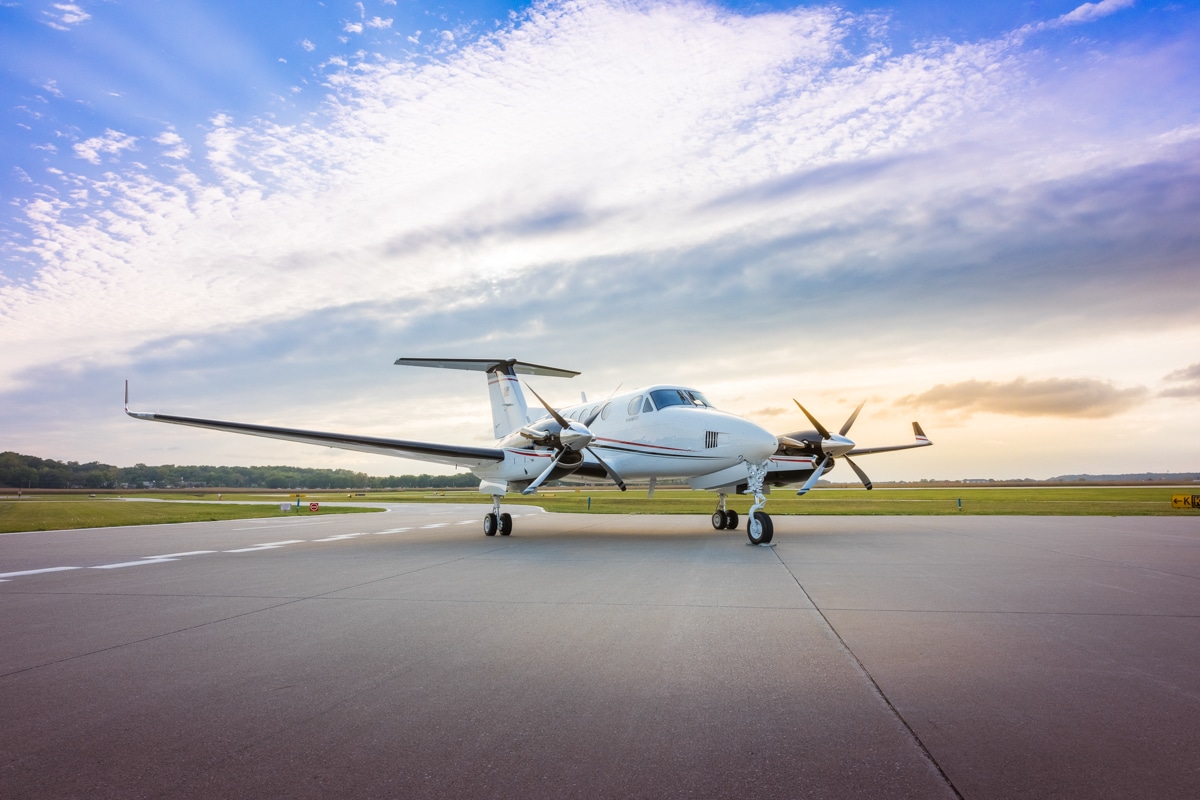Since its introduction in 1964, the Beechcraft King Air has remained one of the most successful and trusted business aircraft in history. At Elliott Aviation, we understand the importance of keeping your King Air performing at its best—whether through scheduled and unscheduled maintenance, major inspections, or performance-enhancing upgrades.
Our factory-trained technicians have decades of experience delivering expert King Air support, helping operators extend aircraft life, reduce downtime by bundling services, and maximize long-term performance. From airframe inspections and avionics upgrades to custom paint and interior refurbishments, Elliott Aviation provides the complete solutions you need to keep your King Air flying safely and efficiently.
